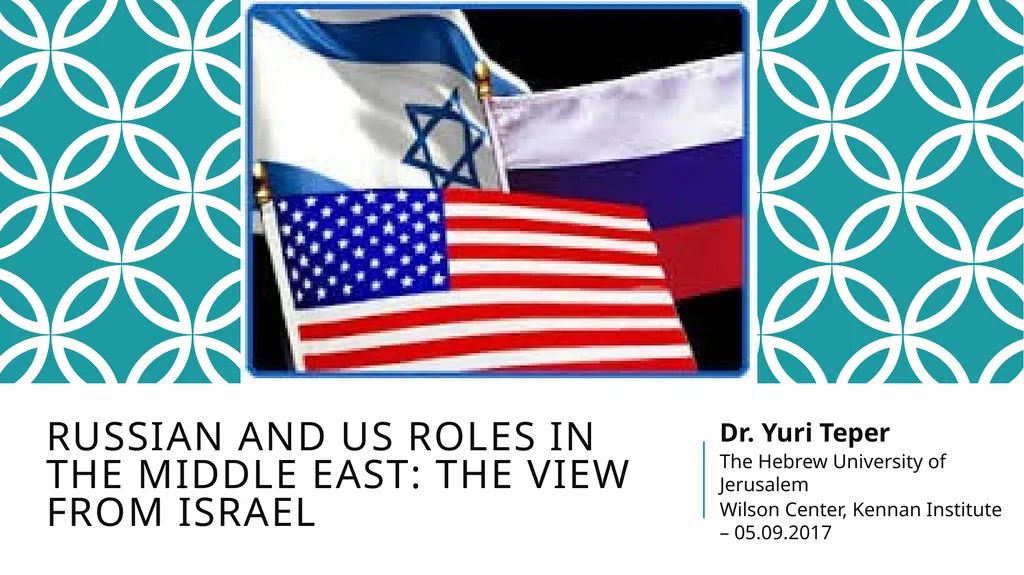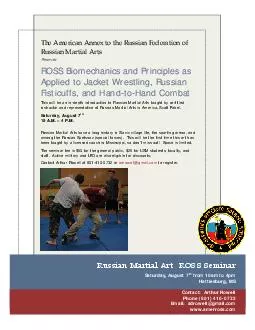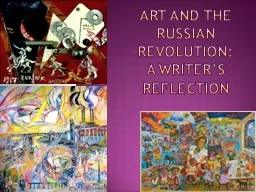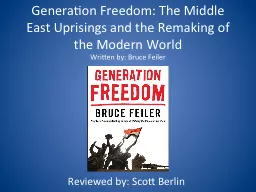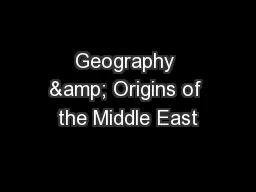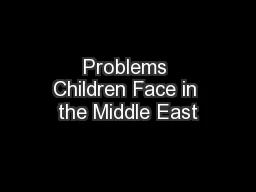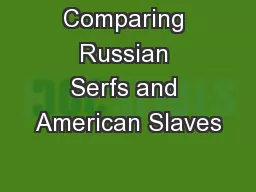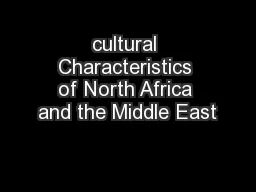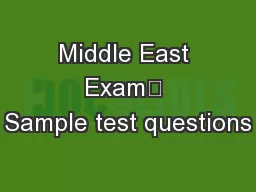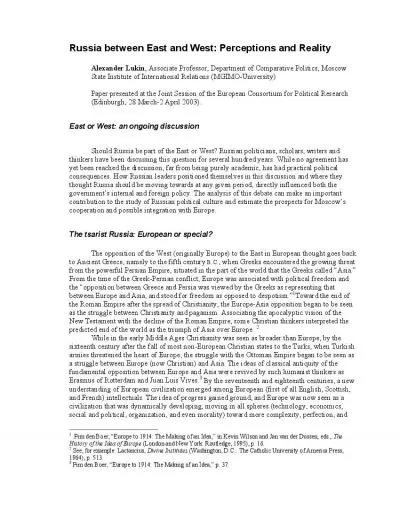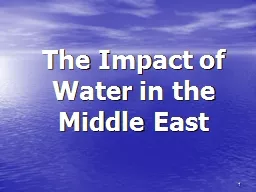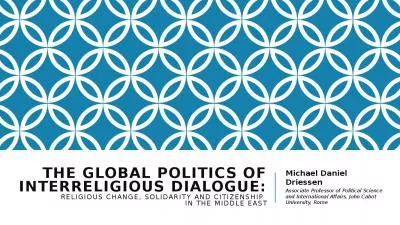Russian and US Roles in the Middle East: The View
Author : olivia-moreira | Published Date : 2025-08-06
Description: Russian and US Roles in the Middle East The View from Israel Dr Yuri Teper The Hebrew University of Jerusalem Wilson Center Kennan Institute 05092017 Main goals Outline Russias and US changing engagement in the Middle East Identify
Presentation Embed Code
Download Presentation
Download
Presentation The PPT/PDF document
"Russian and US Roles in the Middle East: The View" is the property of its rightful owner.
Permission is granted to download and print the materials on this website for personal, non-commercial use only,
and to display it on your personal computer provided you do not modify the materials and that you retain all
copyright notices contained in the materials. By downloading content from our website, you accept the terms of
this agreement.
Transcript:Russian and US Roles in the Middle East: The View:
Russian and US Roles in the Middle East: The View from Israel Dr. Yuri Teper The Hebrew University of Jerusalem Wilson Center, Kennan Institute – 05.09.2017 Main goals Outline Russia’s and US changing engagement in the Middle East. Identify factors that helped maximize Russia’s regional leverage and diluted the US influence. Demonstrate the changing Middle Eastern setting with respect to both local and global players. Draw out implications for the future. Comparative analysis of US and Russian roles from the Israeli perspective 4 key spheres (2009-2016): Handling of Regional Allies & Commitments Nuclear Deal with Iran Syrian Civil War The Palestinian Track Allies & Commitments - US Shifting away from traditional allies and commitments in favor of more pro-Iranian stance and the support of popular protest movements: In Egypt US shift reduced the chances for organized power-transition\sharing. The Gulf states sought security cooperation with Israel. In Iraq the shift was associated with increased anarchy, greater IS and Iranian influence. Allies & Commitments - Russia Russia opposed the Arab Spring. Russia has tried to fill the void left by the US and enthusiastically supported Al-Sisi in Egypt. Russia stubbornly supported al-Assad, Russia’s only regional ‘client’. Iranian nuclear deal American-led deal is perceived in Israel as a strategic security challenge. US covert negotiations and the imposed deal created a deep mistrust. Russia’s more cautious approach to Iran was overturned after the nuclear deal. Russia is still (exaggeratingly) perceived as the party that exerts most influence on Iran. Syria – US vs. Russia US uncertain navigation among questionable opposition groups, dominated by Gulf states. Russia provided unconditional support for al-Assad. 2013 Chemical Crisis was a watershed event: It exposed US unwillingness to use force. The US lost credibility. Russia’s determination and decisiveness, were highlighted. It signaled Russia’s grand return to the region. Syria – US vs. Russia Russian intervention (2015) – a mixed blessing: Posed tactical difficulties and potential danger for Israel. Balanced the powers in Syria, diverted the focus from Israel and eroded sides. Russia’s accommodation of Israel’s vital interests in Syria was highly appreciated. Strategically, Russia is still treated with much suspicion. The Palestinian track US Forcing talks on both sides of the conflict, often without diplomatic preparation. Publicly announcing maximalist agenda cornered the parties. Lack of credible backing to the process for both sides. Russia Little actual involvement in the process. Overtly pro-Palestinian public and diplomatic stance. Conclusions America’s role
